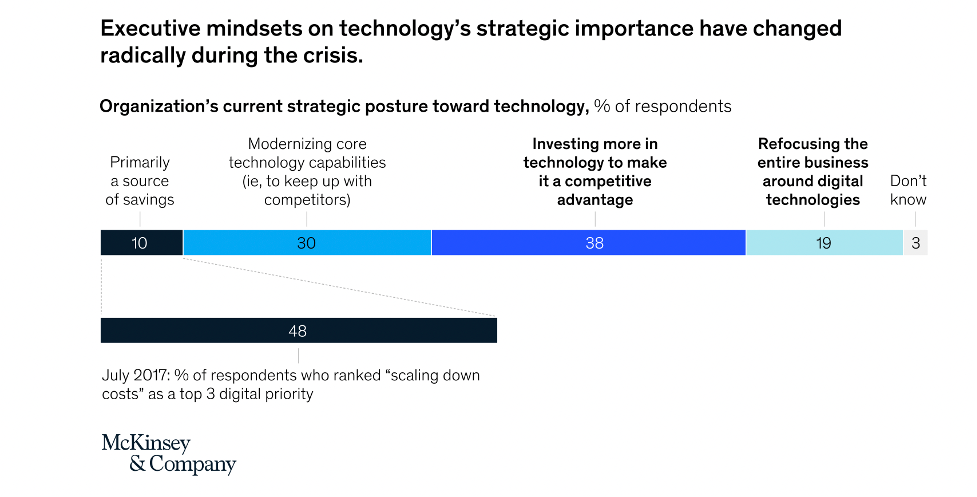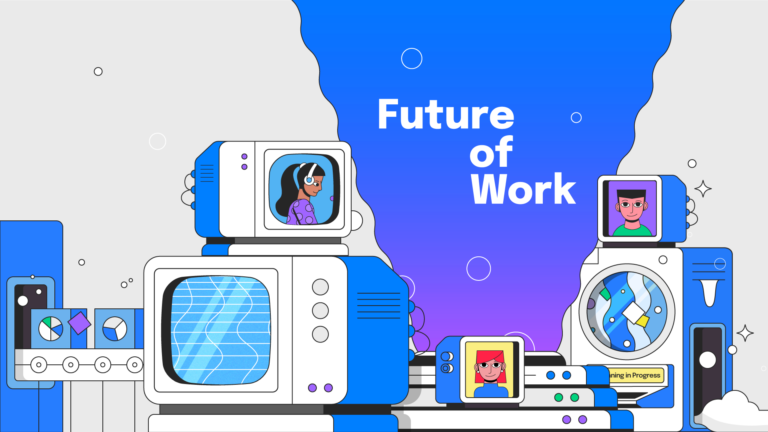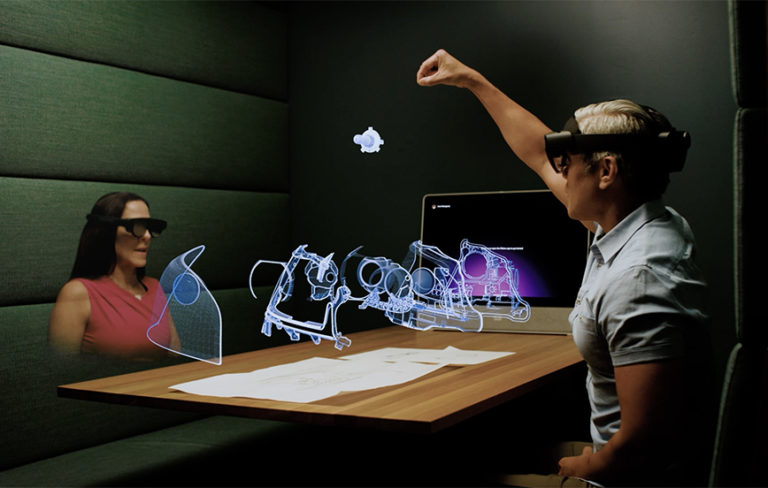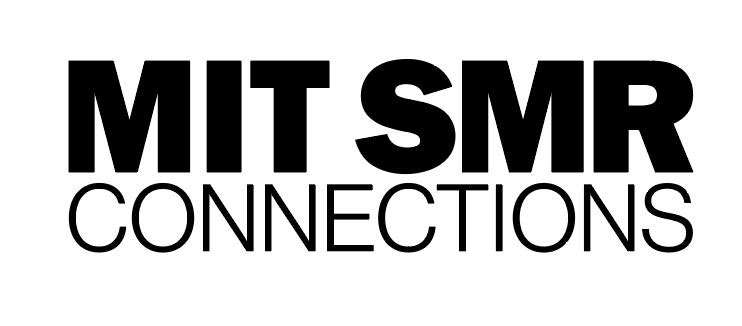We know hybrid work means different things to different organizations. Often, it comes to mean different things to different stakeholders in the same organization. It is not so much about the concept of hybrid work itself but how to deliver on a set of priorities that are not always fully aligned.
Hybrid work is as much about where we work as it is about how we work. For IT decision-makers, priorities fall squarely on deployment, manageability, and security. For the employee experience office, it is about engagement and productivity, and for employees, it is about flexibility, easy-to-use tools, and not succumbing to proximity bias.
The good news is all these priorities are not mutually exclusive. On the contrary, they are so interconnected that focusing on a few will help drive the others.
Who is finally at the center of business decisions?
Employees now more than ever expect more choices around where and how they work. Flexibility is not just about when and where work is done but about the devices, applications, and services used to get the job done. Knowledge workers and frontline workers want to have more of a say on which tools they use, and they want to feel like they are customers of their own IT department. This means organizations must have their hand on the pulse of how employees are feeling. An open line of communication must be established both for IT and for HR. IT has several tools available to assess the efficacy of the tools employees use every day to perform their tasks. Thanks to Artificial Intelligence (AI) and new self-diagnostic features, they can anticipate problems before they occur, address them, minimize the impact on productivity and, even more importantly, minimize any frustration for the employees. Offering a list of approved devices and applications rather than imposing tools helps secure employees’ buy-in, limiting the impact of bringing your own and the security risk that might come with it. Offering choice also assures a more positive attitude towards the tools and IT itself, which in turn will encourage engagement.
From a talent perspective, ongoing surveys, rather than the annual cadence we have seen used by organizations across the globe for so long, can help assess morale, satisfaction, potential burnout and whether employees and managers are aligned with the company’s goals. These past two years have demonstrated time and time again that agility is at the essence of the success of any organization. Agility in responding to a fluid situation was critical, and preparedness will remain paramount going forward. From a people perspective, this means using technology not only to check-in but also create new and inclusive ways to build a channel between management and employees, from quick surveys delivered through chat to video-recorded messages instead of emails, and more regular video town halls that focus on inclusion and transparency. Make everybody feel valued, whether they are working from the office or remote. Underline that skills and input, not location, will determine the trajectory of one’s career. That’s how we build a strong hybrid work culture and empower employees who want the flexibility to embrace it and avoid resentment from those who don’t.
Evolving Executive Mindsets on Technology
The onset of the pandemic drove a dramatic change in the role of IT. Productivity and safety of employees was paramount, and so was the security of the data and other IP generated by their work. Overnight, IT stepped out of the enforcer role to become the enabler. Leadership changed its posture towards technology from driving cost savings to driving business innovation. This mindset change gave IT the power to think more about both the needs of the business and the needs of the people as well as a budget to implement different tools and solutions to address those needs.

The overnight remote work rollout came with an overwhelming loss of control over the devices, tools, and networks employees were using. The situation’s urgency left no time to fight such loss, and instead embraced change by adopting a different approach to deal with endpoint complexity and the risk of compromised security. Security will remain a big focus for IT going forward as more digital workflows increase the risk of exploits. In the past, enterprise security has often come with a compromised end-user experience. The truth is user experience and security are both essential for any system, and we should not have to pick one over the other.
IT must rethink security from the start as something delivered as part of the overall experience. The easiest way to do that is to consider the human behind the digital identity that needs to be secured. Finding the right balance between user experience and security might take a few attempts. Still, the good news for IT is that while they come to understand the importance of a positive experience for the users, users understand more and more the importance of security. As critical parts of our personal life go online, like personal health and finance, security is something we no longer dread but seek.
Current solutions and new solutions up for consideration must be assessed though the lenses of IT, people leaders (e.g. HR), and employees. Even if the solution seems to fall squarely to just one of those groups. The lines have blurred. There’s no longer a distinct delineation between working locations; thanks to increasing diversity and inclusion, there’s no longer a “traditional” employee profile; and new tools and features launch daily. What affects one, affects all. Putting people first is never wrong, whether in life or business. With this shared goal in mind, and addressing the users’ needs, not only the choosers’, companies will have the best chance to thrive in a hybrid-work world.





